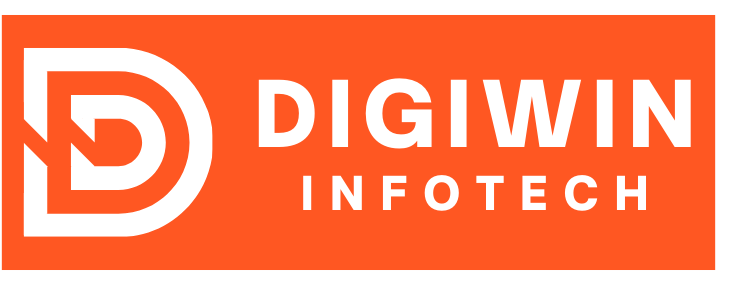A Beginner’s Guide to Training Your New Puppy
Welcoming a new puppy into your home is an exciting adventure filled with joy, laughter, and the promise of companionship. However, it also comes with the responsibility of teaching your furry friend how to behave and thrive in their new environment. This guide is designed to provide new puppy owners with the essential knowledge and techniques for effective training, ensuring a happy, well-mannered dog.
In the following chapters, we will cover everything from understanding your puppy’s behavior and establishing routines to basic training commands and socialization techniques. With patience, consistency, and positive reinforcement, you’ll build a strong bond with your puppy while setting the foundation for a lifetime of good behavior. Let’s embark on this rewarding journey together and turn your puppy into a well-behaved member of your family! 🐾
Benefits of Puppy Training
- Builds a Strong Bond: Training reinforces your relationship with your puppy by establishing trust and clear communication.
- Prevents Problem Behaviors: Early training helps prevent issues like excessive barking, chewing, or jumping, making life easier for both you and your pup.
- Encourages Socialization: Training helps your puppy become comfortable around people, other dogs, and various environments, reducing anxiety and preventing aggression.
- Ensures Safety: A trained puppy is easier to control, making them safer around strangers, children, and other pets. Commands like “come” and “stay” can be life-saving in dangerous situations.
- Provides Mental Stimulation: Puppies need mental stimulation just as much as physical exercise, and training offers an excellent way to keep their minds engaged.
By following these training tips, you’ll not only have a well-behaved puppy but also one that is happy, confident, and eager to please.
What is the First Thing You Should Train Your Puppy?
The first thing to train your puppy is name recognition. Teaching your puppy to respond to their name lays the foundation for all future training. Once they know their name, it becomes easier to get their attention and introduce basic commands like “sit,” “stay,” and “come.”
Steps to Teach Name Recognition:
- Say your puppy’s name in a calm and happy tone.
- When they look at you, reward them with praise, treats, or a toy.
- Repeat this several times throughout the day to reinforce the association.
Once your puppy consistently responds to their name, you can start working on other key commands. Positive reinforcement—rewarding good behavior with treats and praise—should be a cornerstone of all your training efforts.
What Age Should I Start Puppy Training?
The ideal age to start training your puppy is between 8 to 12 weeks old. At this stage, puppies are more receptive to learning and can start picking up simple commands. You should focus on positive reinforcement and avoid punishment, as this can create fear and hinder the learning process.
Training Tips for 8-12 Week Old Puppies:
- Keep sessions short: Puppies have short attention spans. Aim for 5–10 minute training sessions, 2–3 times a day.
- Focus on basics: Teach simple commands like “sit,” “come,” and “stay.”
- Introduce crate training: Crates provide a safe space for your puppy and are helpful for house training.
- Begin socialization: Introduce your puppy to different people, pets, and environments to build confidence and reduce fear.
How to Train a 4-Month-Old Puppy?
At 4 months old, your puppy is ready for more advanced training and socialization. They have more energy and focus, which allows for longer training sessions and the introduction of new skills.
Key Areas to Focus on for a 4-Month-Old Puppy:
- Potty Training: By 4 months, your puppy should be well on their way to being housebroken. Continue using crate training and take your puppy outside for potty breaks after meals, naps, and playtime. Consistency is crucial for preventing accidents.
- Basic Commands: Reinforce commands like “sit,” “stay,” and “come.” You can start adding new ones like “leave it” or “down.” Always reward your puppy for following commands to build positive associations.
- Leash Training: Leash training becomes more important as your puppy grows. Teach your puppy to walk beside you without pulling on the leash. Start indoors or in your yard, then gradually introduce more challenging environments.
- Socialization: At 4 months old, your puppy is in a critical window for socialization. Arrange supervised playdates with other dogs and expose your puppy to various settings like the park, stores, and different noises.
- Bite Inhibition: Puppies explore the world with their mouths, which means they may nip or bite. Teach your puppy bite inhibition by letting out a high-pitched “ouch” when they bite too hard, and then stop playing for a few minutes to show that biting stops the fun.
Training Sessions at 4 Months:
- Gradually increase the length of training sessions to 15–20 minutes.
- Use training as a bonding experience and to provide mental stimulation.











